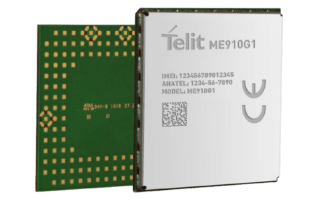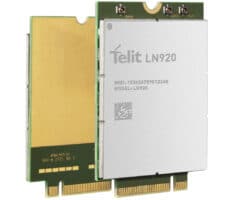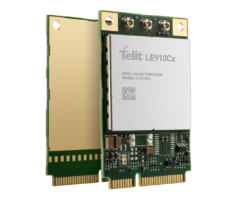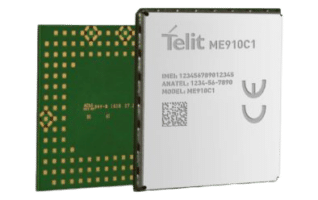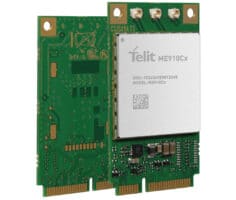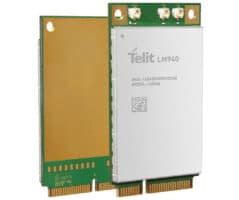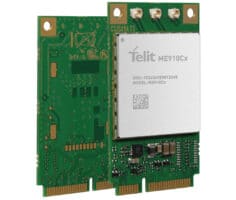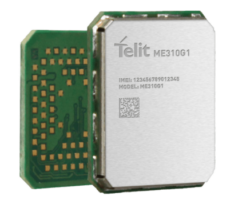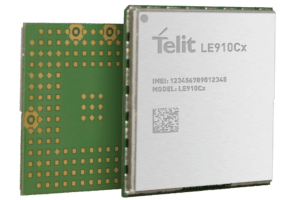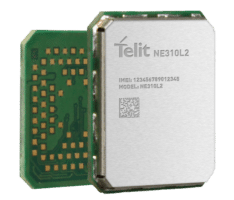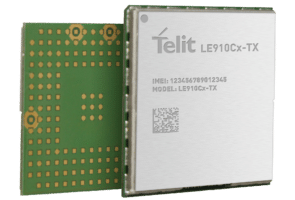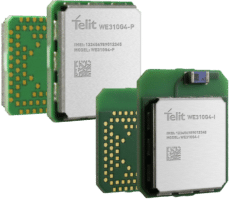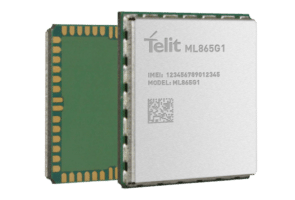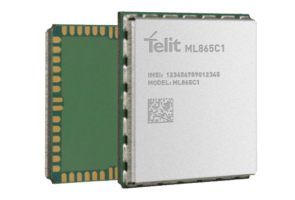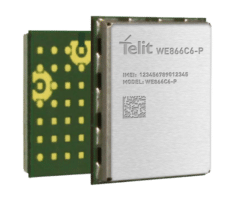Deliver More Targeted, Dynamic Advertising
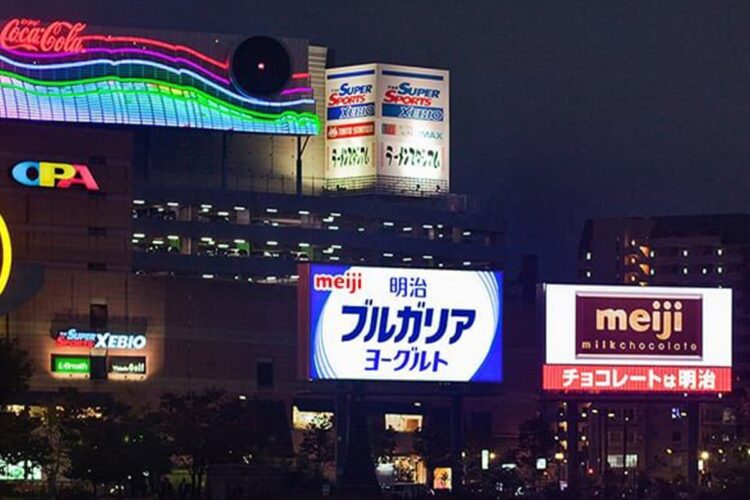
Stay Competitive
The modern consumer’s attention is pulled in multiple directions at once. Retailers and enterprises must change how they engage their customers if they want to stay competitive. Smart signage solutions enable companies to leverage real-time geographic data and deliver dynamic marketing.

Create Custom Content
With IoT-enabled digital signage, you can:
- Improve operational efficiency by allowing users to remotely design custom messaging and quickly display them in multiple locations
- Enhance employee safety by eliminating employee travel to physical locations and the need to climb ladders
- Improve customer experience by providing relevant, timely information

Enhance Customer Engagement
Smart signage applications enable you to:
- Enhance the in-store experience with targeted ads for the products consumers are shopping for
- Deliver the latest product news and promotions directly to buyers in retail locations
- Play a customized greeting that triggers as customers enter the store
